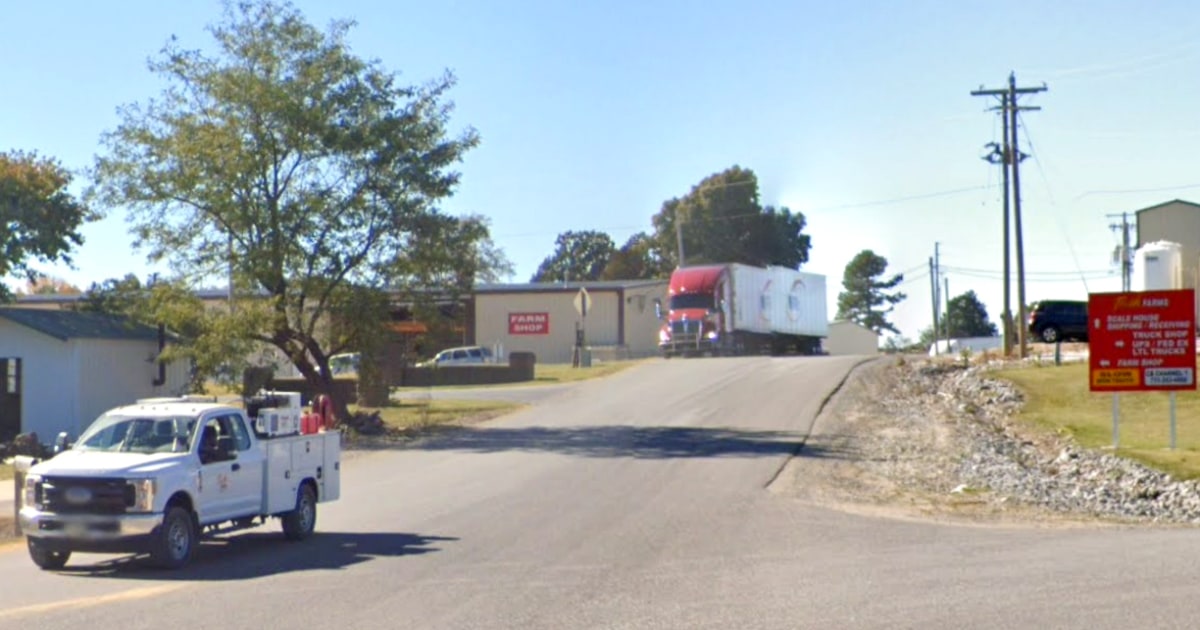Election results from the 11,000 municipalities are usually only available months after the election.
We have already researched them exclusively for you in a data project - with all first and second votes.
A lot has been looked at in the days since the federal election on the map with all 299 German constituencies. And not without good reason: after all, the respective election result is the basis for the composition of the Bundestag. There were already significant differences here compared to 2017, when the map was colored much more CDU black. But now we are going a big step further - or rather, a big step closer: We have researched the election results from all around
11,000 individual German municipalities
for you - with first and second votes. This creates a much detailed picture of the political mood in Germany.
Our new interactive map shows all German communities - from List on Sylt in the north to Oberstdorf in Bavaria. And from the western Selfkant in North Rhine-Westphalia to the eastern Neißeaue in Saxony. Even on this little trip through the German regions, the first unexpected insights become apparent: The CDU / CSU second vote result is by no means the highest in the Bavarian community. At the same time, there is also something expected: In the easternmost community, the AfD was able to get more than 47 percent of the votes. Germany lies between these geographical extremes, which is more diverse and surprising than the constituency map in its rough structure and summarized around 200,000 inhabitants each could ever be. So click your way through the
interactive map
or use the search function to discover unknown or well-known parts of Germany and your election results.
Federal Parliament election 2021 in all 11,000 municipalities: first and second vote
There is no central source for the German community results. Even the Federal Returning Officer publishes these data only a long time after the election. Because we still consider this regional view to be essential for the analysis of local political opinion, we have
integrated more than a dozen different data sources
in our complex
data project
, adjusted them and transferred them to our map. And where there was no digital result, we researched the results at the respective local authorities (see also background box: Our data). Since the federal election, a total of 22,000 results have been created, which on the map result in a unique mosaic of the political year 2021.
We have published a number of other projects relating to the Bundestag election.
We put a special spotlight on Bavaria and Hesse, on the strongholds and also on the major cities of Frankfurt, Kassel and Munich, as well as on the 2017 election results and publish analyzes.
Our data, sources and methods
SOURCES: Depending on the federal state and municipality, we obtained and processed the election results from different sources. In addition to the federal returning officer, this included the individual state returning officers and state offices. We have integrated further results via Votemanager and Vote.IT and also researched them on site at the municipalities. The first-vote candidate names come from a standardized database of the Federal Returning Officer. At a later point in time, we will examine how we can make all 22,000 election results of the first and second votes available as a file.
COLORING of the map: All municipal areas where this - or their candidate - got the relative or absolute majority of the votes are colored in their party logo color. We do this for all parties that sit in the current Bundestag (SPD, Greens, FDP, Union, Left, AfD). We color all other parties dark gray - this also applies to the bar charts in the results window. We color gray communities in which there was no majority due to a tied vote. White also reflects unincorporated areas where there are no eligible voters.
SPECIAL FEATURES: In very small municipalities with low two- or three-digit population numbers, electoral districts were brought together before the election in order to protect voting secrecy. In this case, we will also show this on the card. There are many small communities in Rhineland-Palatinate in particular. By summarizing the results, there was in some cases an allegedly lower voter turnout. Postal votes that cannot be clearly assigned to a municipality are also missing in the statistics of the state offices and lead to lower voter turnouts. If possible, we also state whether a result contains the postal votes or not or whether the municipality in question does not provide any information. Naturally, the result cannot be a perfect data set, but an approximation to it that is as close as possible.We are therefore grateful to datenteam@zentralredaktion.news for tips and suggestions in general.








